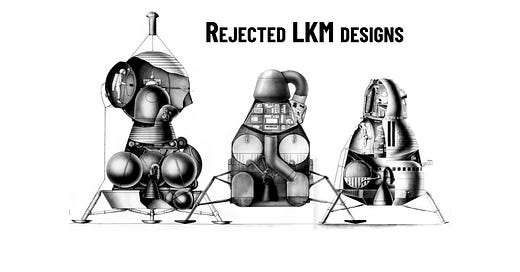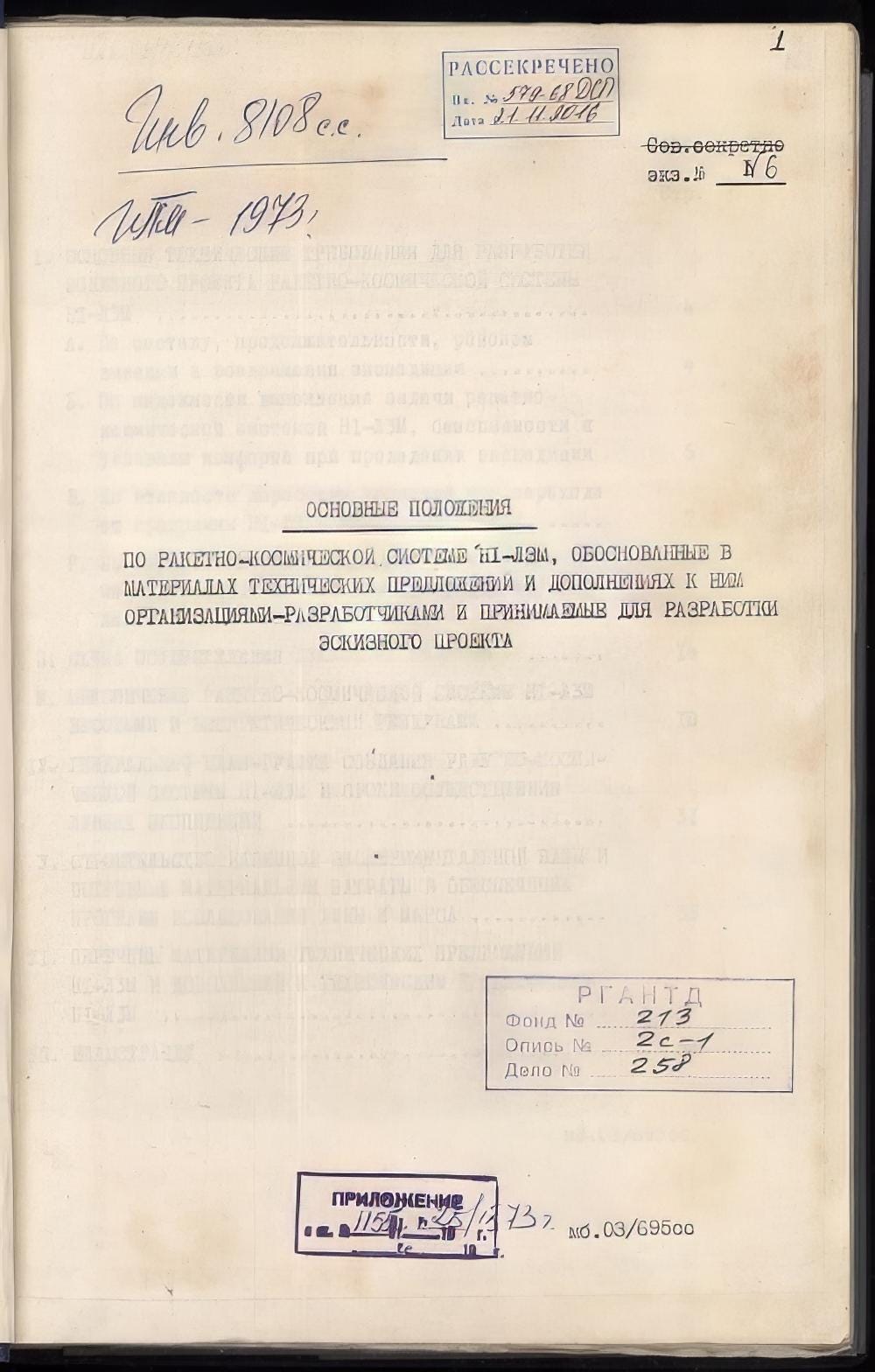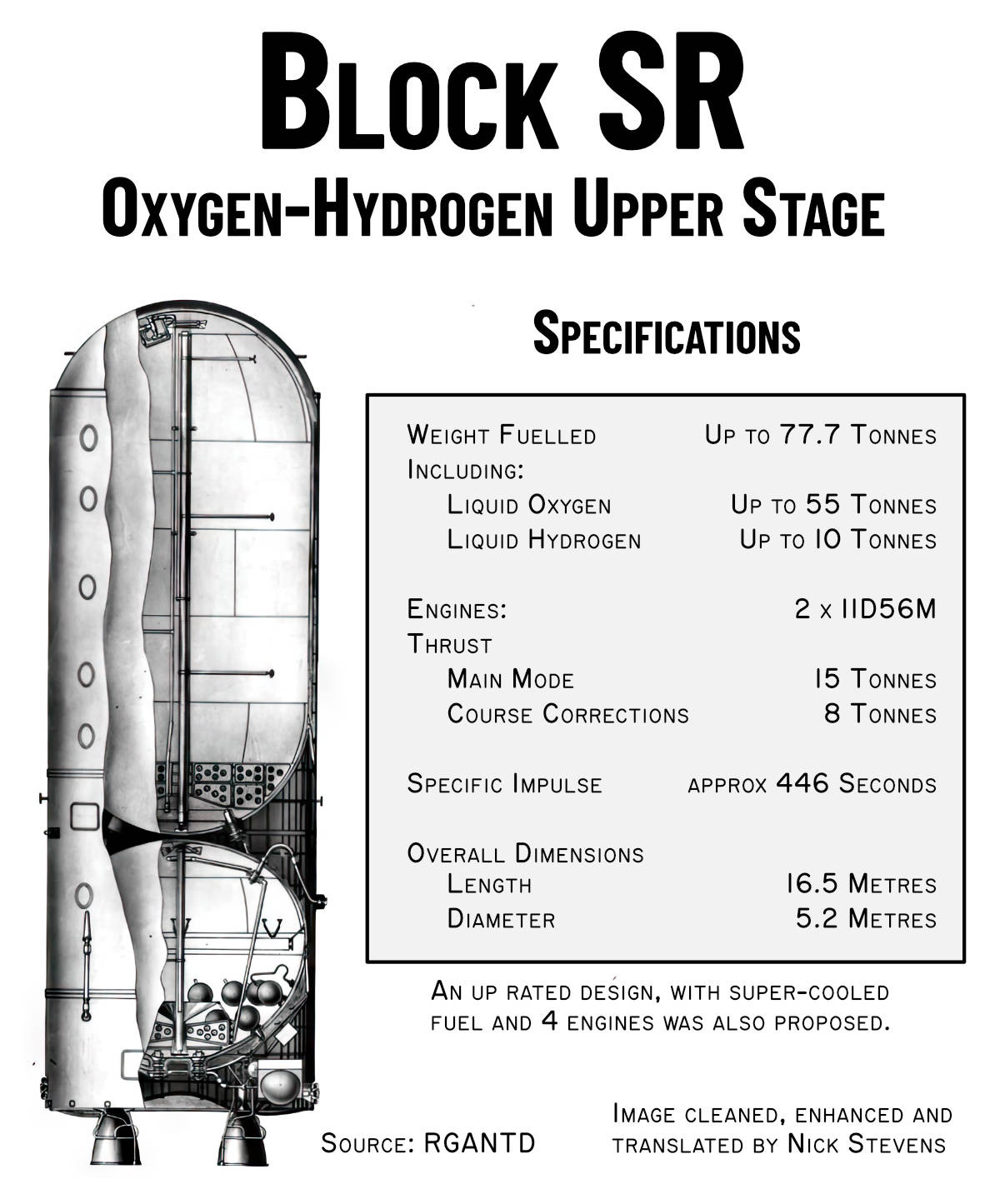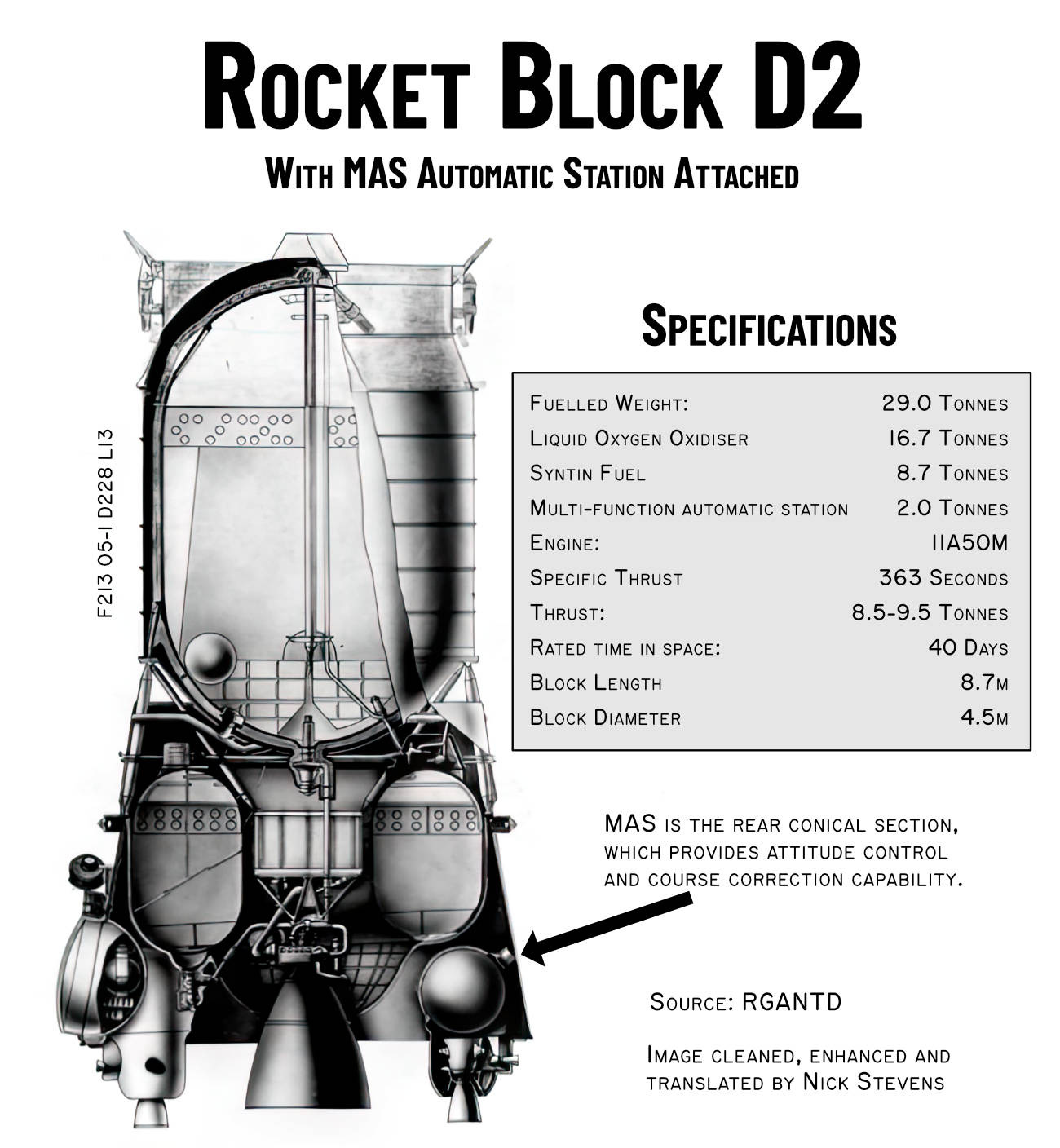This post is a translation of the project plans for the L3M version lunar mission. As usual, only a few pages are available. I’ve added my notes in brackets, in italics, with NS, for example: (This is an observation by Nick. NS)
It is recently declassified, and highly detailed. Thanks to RGANTD for releasing the information.
Important notes:
Hardware illustrations are from different documents, and may not reflect the design at the time the project plan was written.
L3M is the program, LKM is the Lander.
I’m using computer translation, there may be text errors I missed.
11A52 is the product code of the N1 rocket.
GENERAL PLAN-SCHEDULE FOR THE CREATION OF THE NI L3M ROCKET AND SPACE SYSTEM, WITH TIMINGS OF LUNAR EXPEDITIONS
Possible terms of creation of N1-L3M rocket-space system objects, stages of flight development, and terms of lunar expeditions are presented in the master schedules for the creation of the N1-L3M rocket system.
When developing the master schedules, statistical material on the duration of the stages of work was used, taking into account experience of creating similar products, and the continuity of newly developed objects.
Two versions of rocket system were considered. The first version, more forced, provides for launching up to 4 N1 rockets year, and solves the final task, a manned expedition to the Moon, in 1979. The second version, economically less stressful, provides for 2, or a maximum of 3 launches of N1 rockets a year, and delivers the final task in 1980.
The master schedule shows the main stages and terms of building the LKM spacecraft, rocket blocks SR, D2, stages in the preparation of the carrier IIA52, stages and terms of flight testing of the rocket system N1-L3M.
The N1-L3M programme is preceded by flight development of the N1 launch vehicle and the solution of a number of scientific tasks by using the N1 launch vehicle. Thus, N1 rockets No. 10 and 11 are intended to launch the experimental stationary satellite Meteor-3 into a daily orbit, and the N1-12L is intended to carry out an experiment with a radio interferometer. N1-13L can be used in the first stage of the IOC programme to launch the ICBM system.
The first step of flight testing of the N1-L3M complex elements is flight testing of the SR block and the LKM spacecraft in the unmanned version using the N1 launch vehicle. In this case, the launch of the N1 carrier (IIA52 No. 14) with the SR block and LKM, as follows from the schedule, can be carried out in the first quarter of 1976.
The key factor at this stage is the creation and ground testing of a standard upper stage SR block. The timing of the SR block creation, in turn, is determined by the creation of a production base and, most importantly, by the construction and commissioning of a stand for fire tests and operational testing of the SR block, in I975.
In essence, the beginning of the SR block being operational is determined by the date of commissioning of the firing test stand.
The second launch of N1 carrier with SR block and LKM spacecraft is possible in Q2 1977, after which it is envisaged to use the SR block in the M-77 programme, (for delivery of a payload to Mars).
A special stage of flight development of the L3M complex is the development of the unmanned LKM spacecraft and D2 block in the assembled form, in Earth orbit using UR-500K, (Proton), launch vehicles.
The first paired launch of UR-500K rockets with the D2 upper stage, and the LKM spacecraft, for docking tests in Earth Orbit can be carried out in March 1977 and the second such launch in August 1977.
This launch is possible in the 1st quarter of 1978. The determining factor at this stage is the readiness of N1 rockets No. 18L, and 19L, which have passed operational testing. The readiness date of N1 carriers, (operationally tested), in turn, is determined by the date of commissioning in 1976 of the stand for fire technological tests of N1 rocket units. (So they won’t proceed unless ground testing is completed. NS).
The 2nd paired launch of N1 launchers for the development of the LKM spacecraft and D2 block in Lunar Orbit is possible in the 4th quarter of 1978 and the solution of the key problem, the 1st manned expedition to the Moon, is in 1979.
At the same time, the need to carry out other space programmes, (M-77, ICBS) on the basis of the N1 carrier is taken into account.
The second variant of the N1-L3M system was designed with the following differences:
Commissioning of the SR block firing test stand is envisaged in 2 stages. The 1st stage with refuelling of the SR block from mobile means in I975. (I think this means tankers of liquid hydrogen / oxygen arrive at the test point. NS)
The 2nd stage of the stand commissioning in 1976 with stationary means of refuelling and ensuring firing tests of the B block. (I think this means liquid hydrogen / oxygen are supplied via a plumbed ion system. NS)
Commissioning of the stand for firing tests of blocks A and B of the N1 carrier is envisaged in the second quarter of I977. (At last! A test stand for the 1st stage / Block A! NS)
Compared to the first variant, the number of operational paired launches of the N1 carrier is reduced from 3 to 2
The rate of launches of N1 rockets is reduced to 2-3 per year.
At the same time, the start of flight development of the SR block on the LE carrier is possible in the first quarter of 1976.
The use of the SR block in the M-77 Mars programme is ensured. (This is a Mars sample return mission. NS)
The first paired launch of N1 carriers No. 18L, and 19L, which have passed operational testing, is possible in the first quarter of I978.
The second paired launch of N1 rockets, 20L, 21L, which have passed operational testing, is possible in the 2nd-3rd quarter of 1979 and the principle project goal - a crewed expedition to the Moon’s surface - is delivered in 1980.
Supplementary notes:
I find several things worthy of note here.
The N1 finally gets a first stage test stand! Hence all the remarks about operational testing, I guess…
Other projects seem to be allowed to displace crewed lunar missions, including weather satellites, military missions, and Mars probes. I realise they say they can’t proceed until block SR is ready, but it seems clear that the rate they can build and launch N1 rockets is also a serious constraint.
N1 Missions
We now have a pretty good idea of the planned N1 missions all the way out to the N1-23L. These are:
N1-1L. Full scale dynamic test model.
N1-2L (1M1). Facilities Systems Logistic Test and Training Vehicle
N1-3L. First flight test. February 1969.
N1-4L. Block A LOX tank developed cracks, scrapped.
N1-5L. 2nd flight test. July 1969.
N1-6L. 3rd flight test. June 1971.
N1-7L. 4th flight test. November 1972.
N1-8L. Test flight, very nearly ready to launch when the project was cancelled. June 1974?
N1-9L. Expected to be the final test flight before operational status. Q4, 1974.
N1-10L & N1-11L. Weather satellite launches. (1975?)
N1-12L. Radio interferometry missions. (1975?)
N1-13L. ICBM based mission. (Late 1975?)
N1-14L. 1st flight testing of N1-L3M program, LKM and Block SR. Q1, 1976.
March 1977, 1st UR-500 / Proton paired test, LKM & D2 in Earth Orbit.
N1-15L. 2nd test of LKM and Block SR. Q2, 1977.
August 1977, 2nd UR-500 / Proton paired test, LKM and D2 in Earth Orbit.
N1-16L, 17L. Mars-77 sample return mission.
N1-18L, 19L Test docking systems in lunar orbit. Q1 1978.
N1-20L, 21L Second paired N1 launch, Q1 1979
N1-22L, 23L, Crewed Lunar Landing, 1980.
1969 Comparison, Soviet vs. USA Space Plans.
This chart appears to have been created at the end of 1969, judging by the Apollo missions included. Here’s the original:
With the help of Dr Asif Siddiqi, I have produced cleaned up versions in Russian, and in English.
And as there’s a mention of the MPK, adapted from the L3M program, here’s an illustration of that, (from a later period than the chart):
This post’s Cool Image:
Huge high resolution image of the project plan document in 2 parts.
This edition’s cool link:
RGANTD
The official RGANTD web site. Good luck. You will need it.
















What kind of weather satellite would need a booster that big? Why use such a constrained resource for that?
“ N1-13L can be used in the first stage of the IOC programme to launch the ICBM system.”. I’m sorry, launch the what now?!!